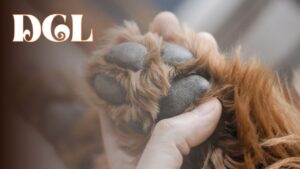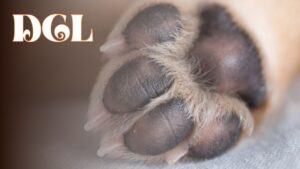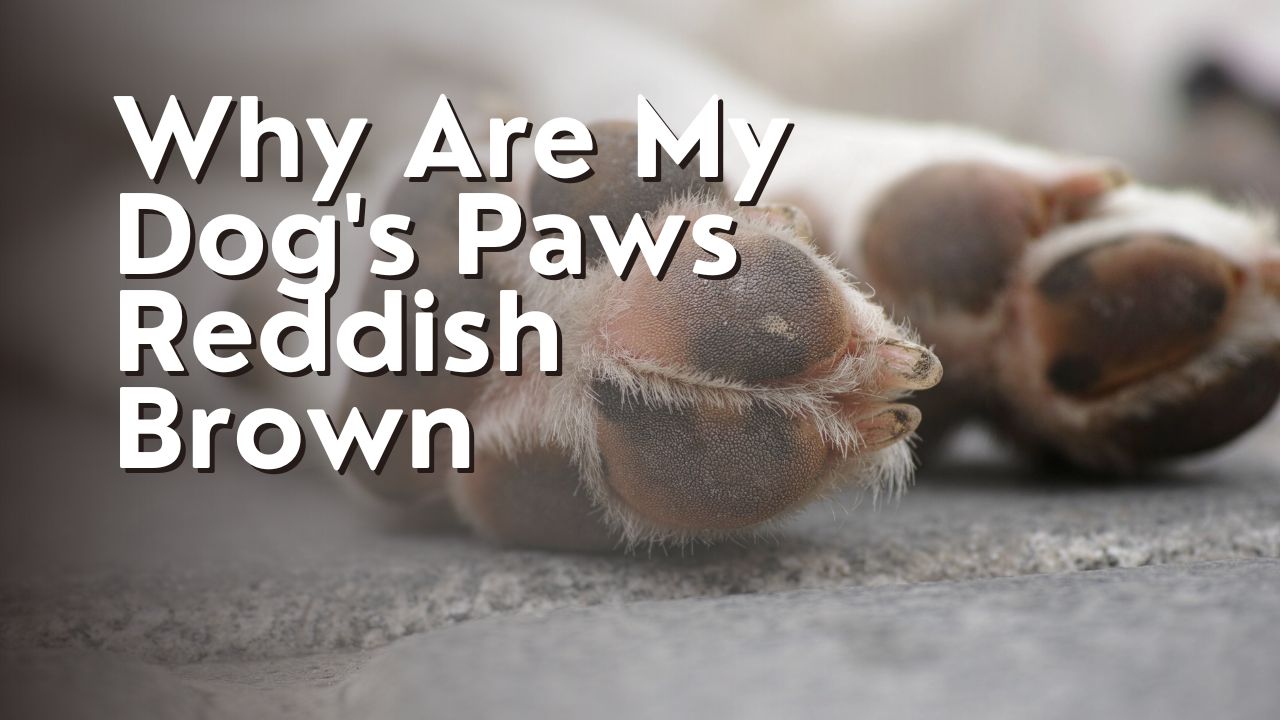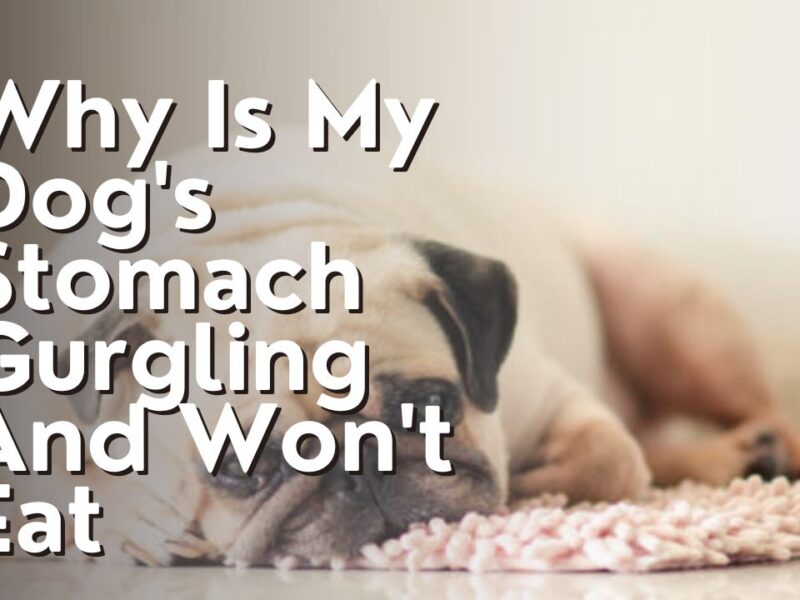Ever wondered why your dog’s paws have a reddish brown color? Well, I’ve got some answers for you. In this article, we’ll explore the possible reasons behind this phenomenon.
From allergies and yeast infections to paw pad irritation and bacterial infections, there are several factors that can contribute to the discoloration of your furry friend’s paws.
We’ll also delve into how environmental factors can play a role.
So, let’s get to the bottom of this puzzling issue and help you understand why your dog’s paws are reddish brown.
Allergies
Allergies can cause my dog’s paws to become reddish brown. It’s a common problem that many dogs experience. When my dog has an allergic reaction, his immune system overreacts to certain substances, like pollen or certain foods. This can lead to inflammation in his paws, causing them to become red and brown in color.
One possible cause of my dog’s paw allergies is environmental allergens. These can be things like grass, pollen, or dust mites. When my dog comes into contact with these allergens, his body releases histamines, which trigger an inflammatory response. This inflammation can affect his paws, causing them to become red and irritated.
Another possible cause of my dog’s paw allergies is food allergies. Just like humans, dogs can develop allergies to certain ingredients in their food. Common culprits include beef, chicken, wheat, and dairy products. When my dog eats something he’s allergic to, his body reacts by releasing histamines, leading to paw inflammation.
To help alleviate my dog’s paw allergies, I can try a few things. First, I can make sure to keep his paws clean and dry, as moisture can exacerbate the problem. Additionally, I can talk to my vet about possible allergy medications or hypoallergenic diets that may help reduce his symptoms.
With proper care, I can help my dog find relief from his reddish brown paws caused by allergies.

Yeast Infections
Yeast infections can cause redness and discoloration in your pup’s paw pads. It’s important to address this issue promptly to prevent any further discomfort for your furry friend.
Here are four key things to know about yeast infections in dogs’ paws:
- Moisture: Yeast thrives in warm and moist environments, making your dog’s paws an ideal breeding ground. Excessive licking or wet conditions can contribute to the development of yeast infections.
- Itching and Discomfort: If your dog is constantly licking or chewing their paws, it could be a sign of a yeast infection. The redness and discoloration may be accompanied by itching, swelling, and a foul odor.
- Underlying Conditions: Yeast infections in the paws can be a symptom of an underlying health issue, such as allergies or a weakened immune system. It’s important to address the root cause to prevent recurring infections.
- Treatment: Treating yeast infections usually involves a combination of topical and oral medications prescribed by a veterinarian. Additionally, keeping your dog’s paws clean and dry can help prevent future infections.
Remember, if you notice any signs of a yeast infection in your dog’s paws, it’s best to consult with a veterinarian for a proper diagnosis and treatment plan.
Paw Pad Irritation
Moisture and constant licking can lead to irritation and discomfort in my pup’s paw pads. It’s important for me to keep an eye on my dog’s paws and take action if I notice any signs of irritation. Paw pad irritation can be caused by a variety of factors, including allergies, rough surfaces, and even certain chemicals. When my dog’s paws are irritated, they can become red and brown in color. This can be a sign of inflammation and discomfort. To alleviate the irritation, I make sure to keep my dog’s paws clean and dry. I also avoid walking my dog on rough surfaces and keep them away from any potential irritants. If the irritation persists or worsens, I consult my veterinarian for further guidance. Taking care of my dog’s paws is essential for their overall well-being and comfort.
| Emotion | Description | Example |
|---|---|---|
| Happiness | Feeling joy and contentment | My dog wagging its tail and giving me kisses |
| Concern | Feeling worried or anxious | Seeing my dog limping or favoring one paw |
| Relief | Feeling a sense of ease or comfort | My dog’s paw pads healing and returning to their normal color |
| Gratitude | Feeling thankful and appreciative | My dog looking up at me with a grateful expression |
| Love | Feeling affection and attachment | Cuddling with my dog and feeling their warmth and presence |
Bacterial Infections
To prevent bacterial infections in your pup’s paw pads, it’s important to keep them clean and dry. Bacterial infections can occur when the paw pads are exposed to dirty or wet environments for extended periods of time.
Here are a few key tips to help keep your dog’s paws healthy:
- Regularly clean your dog’s paws with a mild, pet-safe cleanser. This will help remove any dirt or bacteria that may have accumulated.
- After cleaning, make sure to thoroughly dry your dog’s paws. Moisture can create a breeding ground for bacteria, so it’s important to keep the paws dry.
- If your dog has long hair around the paws, consider trimming it to prevent moisture from getting trapped.
- Avoid walking your dog in areas with potentially harmful bacteria, such as stagnant water or heavily polluted areas.
- Check your dog’s paws regularly for any signs of infection, such as redness, swelling, or discharge. If you notice any of these symptoms, consult your veterinarian for proper diagnosis and treatment.
By following these simple steps, you can help protect your dog’s paw pads from bacterial infections and keep them happy and healthy.
Environmental Factors
Weather conditions can have a significant impact on your dog’s paws. Extreme heat can cause the pavement to become scorching hot, leading to burns and blisters on your dog’s paw pads.
On the other hand, cold weather can cause the paw pads to become dry and cracked.
It’s important to protect your dog’s paws during extreme weather by using booties or paw wax. Additionally, regularly moisturizing your dog’s paw pads and keeping them clean can help maintain their health in different environments.
How weather conditions can affect your dog’s paws
If it’s hot and dry outside, your dog’s paws may become reddish brown. Weather conditions can have a significant impact on your furry friend’s paw health.
When the ground is scorching and lacks moisture, it can cause the paw pads to dry out and crack. This can lead to inflammation, irritation, and even infections.
Additionally, the heat can cause your dog to sweat more, and as they walk on hot surfaces, the sweat mixes with dirt and debris, resulting in a reddish-brown discoloration.
To protect your dog’s paws, consider walking them during cooler times of the day, providing them with access to shade and water, and using paw balms or protective booties. Regularly inspecting and cleaning their paws after walks is also essential for maintaining their well-being.

Protecting your dog’s paws during extreme weather
During extreme weather conditions, you should make sure to protect your furry friend’s paws to prevent any discomfort or potential injuries. The harsh elements like hot pavement or cold snow can cause damage to their sensitive paw pads. To keep your dog’s paws safe, consider using protective measures such as dog booties or paw wax. Dog booties provide a physical barrier between your dog’s paws and the ground, shielding them from extreme temperatures. Paw wax, on the other hand, forms a protective layer on the paw pads, preventing them from drying out or cracking. Additionally, you can also clean your dog’s paws after walks to remove any irritants or chemicals they may have come into contact with. Remember, taking these precautions will ensure your furry friend stays happy and healthy, no matter the weather.
| Protective Measures | Benefits |
|---|---|
| Dog booties | Shields paws from extreme temperatures |
| Paw wax | Prevents drying out or cracking of paw pads |
| Regular cleaning | Removes irritants or chemicals from paws |
Tips for maintaining paw health in different environments
One important tip for maintaining paw health in various environments is to regularly inspect and clean your furry friend’s paws.
Different environments can pose different challenges to your dog’s paw health. In hot weather, it’s crucial to check for signs of burns or blisters, and to avoid walking on hot surfaces like asphalt.
In cold weather, ice and snow can cause frostbite and irritation, so wiping your dog’s paws after walks and using pet-safe paw balms can help protect them.
In wet environments, such as rainy or muddy areas, it’s important to dry your dog’s paws thoroughly to prevent infections.
Additionally, trimming your dog’s nails regularly can prevent discomfort and paw injuries.
By taking these simple steps, you can help keep your dog’s paws healthy and happy in any environment.
Frequently Asked Questions
Can my dog’s paw color change due to aging or natural pigmentation?
Yes, a dog’s paw color can change due to aging or natural pigmentation. It is common for a dog’s paw pads to darken or become reddish brown as they age, which is a normal part of the aging process.
Are there any home remedies I can try to alleviate my dog’s reddish-brown paw pads?
There are several home remedies that I can try to alleviate my dog’s reddish-brown paw pads. Some options include applying a soothing paw balm or using a natural remedy such as chamomile tea or apple cider vinegar.
Can excessive licking and chewing of the paws cause them to turn reddish-brown?
Excessive licking and chewing of the paws can indeed cause them to turn reddish-brown. It’s a sign of irritation or infection, and it’s important to address the underlying issue to alleviate the problem.
Are certain dog breeds more prone to having reddish-brown paws?
Certain dog breeds can be more prone to having reddish-brown paws due to their genetics and certain traits. Factors like excessive licking, allergies, or skin infections can also contribute to the discoloration.
Can a nutritional deficiency or improper diet contribute to the discoloration of my dog’s paw pads?
Yes, a nutritional deficiency or improper diet can contribute to the discoloration of my dog’s paw pads. It’s important to ensure they’re getting the right nutrients and consider any possible allergic reactions to their food.
Conclusion
In conclusion, there are several reasons why a dog’s paws may appear reddish brown. Allergies, yeast infections, paw pad irritation, bacterial infections, and environmental factors can all contribute to this issue.
It is important to consult with a veterinarian to determine the underlying cause and provide the appropriate treatment. Proper care and maintenance of a dog’s paws, such as regular cleaning and avoiding allergens or irritants, can help prevent and alleviate these symptoms.
Remember, keeping our furry friends healthy and comfortable is our responsibility as pet owners.


